
Try Userpilot Now
See Why 1,000+ Teams Choose Userpilot

What is a user journey?
A user journey is a path a user takes to reach their goal when using a particular website or app. It’s the series of interactions the user has across different touchpoints in order to achieve something.
UX designers depict this tool as a diagram called a user journey map, to illustrate how a user moves through the sales funnel and engages with your product, highlighting points of friction and suggesting improvements.
A typical user journey starts from the awareness stage to the “Aha moment”, down to the activation and then the adoption stage, after which they convert to premium users.
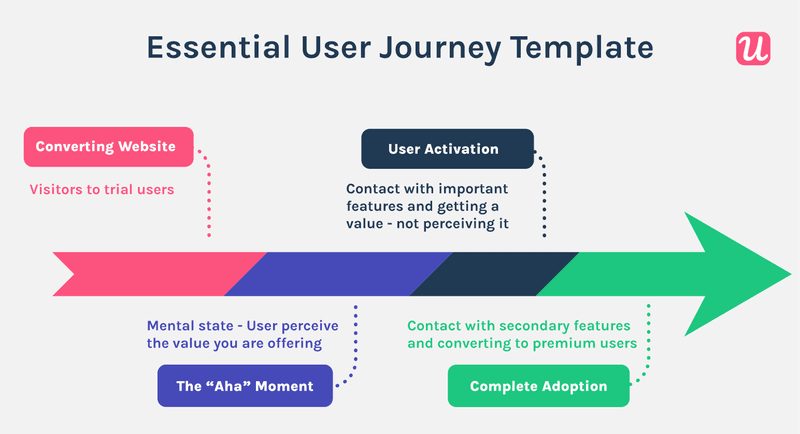
How are you currently identifying friction points in your critical user journey?
Understanding where users struggle is the first step to improvement.
When you find a drop-off point, how do you guide users back to the ‘happy path’?
Effective guidance can significantly reduce churn and increase success.
Which type of critical user journey is your top priority to optimize right now?
Focusing your efforts can lead to the biggest impact on your business goals.
You’re ready to master your critical user journey.
Stop guessing and start improving. Userpilot gives you the tools to analyze behavior, identify friction, and build code-free in-app experiences that guide users to success. See exactly how you can increase activation, adoption, and revenue by optimizing every step of the critical user journey.
What is a critical user journey?
A critical user journey is a UX tool that maps out the key interactions between users and a product. In other words, it’s a process that helps you visualize and drive focus on the most important parts of the customer’s journey, which have a direct impact on revenue or retention.
Creating a critical user journey is helpful for product teams. It reveals bad UX designs, which could lead to the loss of paying customers.
Types of critical journeys you should be looking into
There are two types of critical journeys that you can identify with UX user journey analytics. Both types are important, but when you’re looking to optimize certain aspects of your product journey map, consider which is more critical for your business.
That is the one that should require your attention first.
High traffic critical journey
These are the paths that a lot of users take when using your product. For instance, when users engage with the core features like completing an order or interacting with support.
When a product feature has high engagement, it means users find it valuable.
Ultimately, this results in an increase in product adoption and helps you decide what features to include in your SaaS minimum viable or minimum lovable product (MVP or MLP).
High dollar critical journey
These are revenue-generating journey paths. As the name suggests, it is the journey that generates the highest revenue. It’s the path that takes a user from trial to paid, or from activation to retention.
Critical user journey map vs user experience journey map
Most people confuse the critical user journey map and the user experience journey map as the same. After all, they’re both journey maps, but they have their differences.
The difference between the critical user journey maps and user experience journey maps is that the former prioritizes different sections of a customer journey over others, while the latter monitors the overall customer experience across every touchpoint and channel.
The critical journey is connected to a business goal. It is more focused on traffic or money, so paying attention to these is crucial.
Meanwhile, the UX journey map is built to map the entire experience and look into reducing friction overall.
Why should you map your critical user journeys?
As discussed earlier, mapping a critical user journey reveals emerging patterns in the user experience of new users and existing customers. It also helps to:
- Improve user experience: By mapping user journeys, you can better understand the pain points of your target audience to design a personalized experience.
- Decrease churn: An optimized critical user journey reduces churn by identifying friction points that impede users from having a great experience.
- Increase customer loyalty: A good experience makes customers like your brand, leading to repeat business.
- Drive alignment across your team: A company that maps critical user journeys will have individual team members working towards achieving a common goal.
Steps to mapping the critical user journey
Many product teams map user journeys at the initial stage and call it “a night.”
Unfortunately, this approach is wrong.
This is because mapping a user journey is not a one-time thing; it should be optimized continuously in order to drive improved user experience and business growth.
Here are steps to map the critical user journey:
- Define the journey stage you want to map.
- Define the particular user journey to focus on.
- Determine the happy path flow.
Define the journey stage you want to map
To define the journey stage you want to map, we use pirate metrics. In summary, pirate metrics is a framework that helps product teams track how customers are advancing through the lifecycles by looking at each main stage in the user journey.
For example, you can choose to map your critical journey in:
- The acquisition stage: Here, you might be looking at the signup flow and how it can be designed to create a frictionless experience.
- The activation stage: Here, you might be looking at improving the flow to the activation point.
- The adoption stage: Here, you might be monitoring the flow of feature engagement to product adoption.
- The retention stage: You might be looking at the flow for subscription renewal and upgrade at the retention stage.
- The revenue stage: This is where users spend more money on your product, including upgrading and adding add-ons.
- The referral stage: When users get to this stage, they become advocates for your product so you might be interested in driving word of mouth.
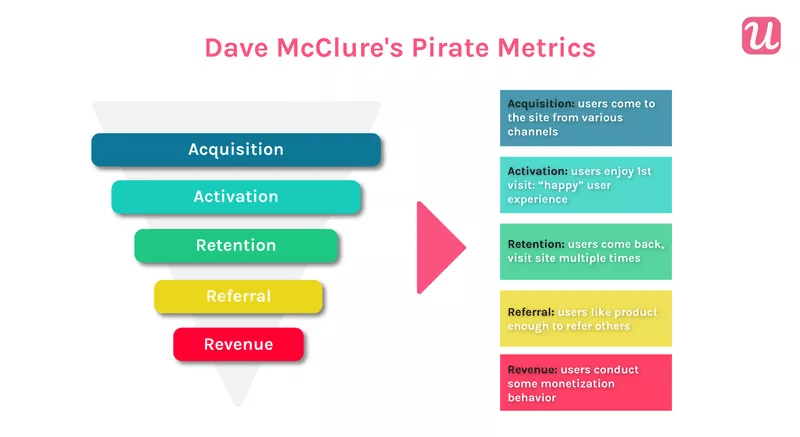
Define the particular user journey to focus on
If the customer journey has multiple touchpoints, consider splitting them up and focusing on smaller paths.
A user journey is difficult to understand, but when you break it down into smaller bits, you have a zoomed-in view that’s easier to read.
Start with the goal of the journey you are mapping.
Ask questions like: what milestones does the user need to reach? What is the path the user takes to get there? For instance, you could choose to focus on the initial “AHA moment” or secondary feature activation.
Whichever it is, this is the flow you will be mapping in detail.

Determine the happy path flow
The happy path is an error-free path, describing each step the user must take and the ideal outcome. Mapping this path for the journey you decided to optimize will reveal friction points and gives insight into exactly what actions can be improved.
Use different UX analytics to understand how users are engaging with your product and identify areas where they are not staying on the path. When you find these unhappy paths, use them to optimize the UX by keeping users from getting on them, to begin with.
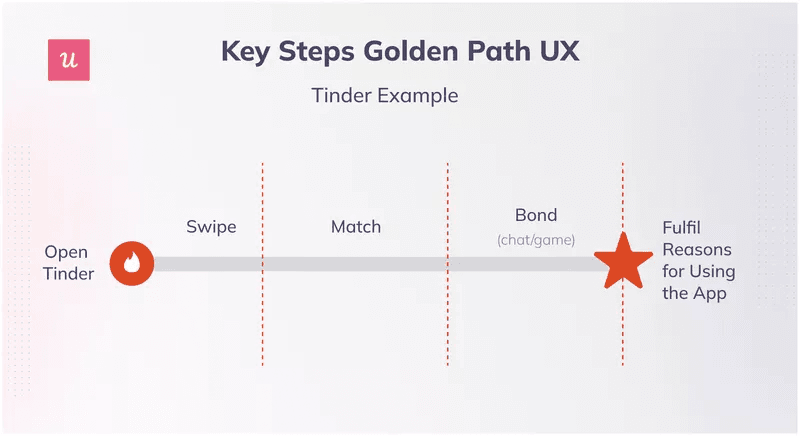
How to optimize critical user journeys using user research data
Now that you have your critical journey path mapped, it’s time to optimize it. Whether this is a traffic or revenue path, you need to focus on identifying friction points and removing them to optimize the journey.
Here’s how to do it.
Use UX analytics to identify friction points
UX analytics gathers data on user behavior, helps you spot friction points, and gives you insights into potential solutions. With these metrics, it’s easy for product teams to focus on creating the right experience that meets user expectations while also increasing customer satisfaction.
What metrics should you track?
Feature usage analytics
Use feature tagging to understand which features customers use most and which features are neglected.
If engagement with specific features is an important point on the critical path, you should look into implementing different in-app engagement experiences meant to drive feature discovery and engagement.
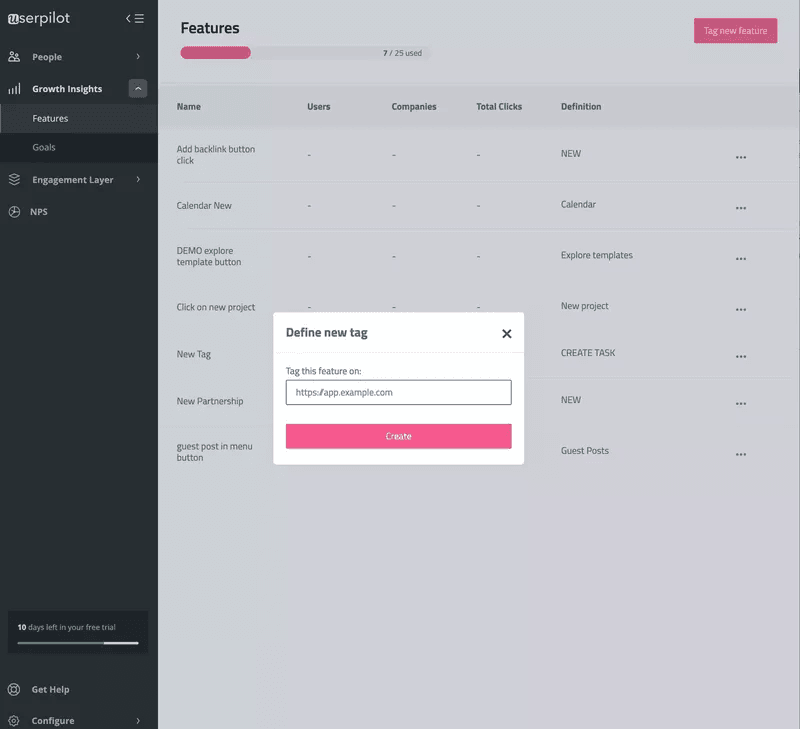
Funnel analytics
Funnel analytics help you visualize how a user flows through a buying journey. With funnel analytics, you can set up custom events to monitor different types of user interactions and figure out what steps cause friction.
Then optimize these specific steps to prevent churn.
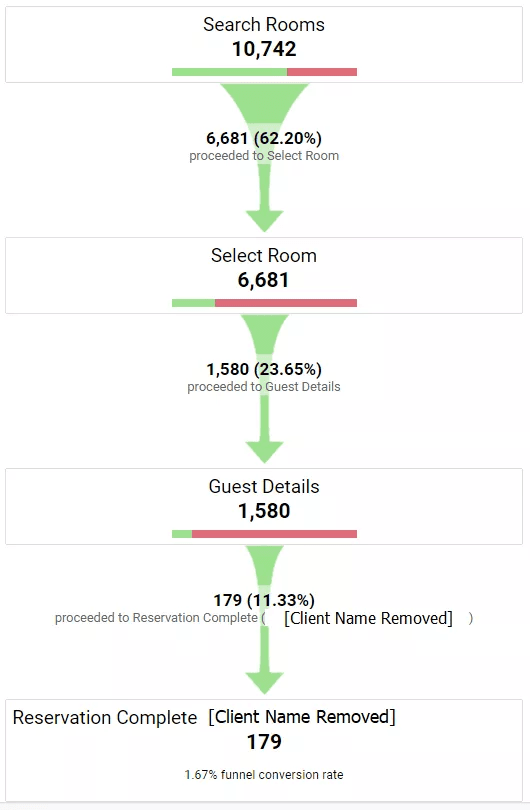
Improve user interface feedback at critical points
The critical point in UX is the most delicate path where users make decisions. For instance, a critical point for any SaaS would be when a user fills in their payment details, wanting to upgrade to a paid subscription.
At this stage, a bad UX can turn them away.
By improving the user interface (UI) at critical points, you encourage users to complete their actions flawlessly.
Here’s how to do that:
Use empty states to provide guidance
Replace empty states with demo content or messages to prompt users to take action and start getting value from your product immediately.
Notion does this by using empty states as a chance to showcase several functionalities and engage new users. This helps them use the product to its full potential instead of staring at a blank page and eventually churning.
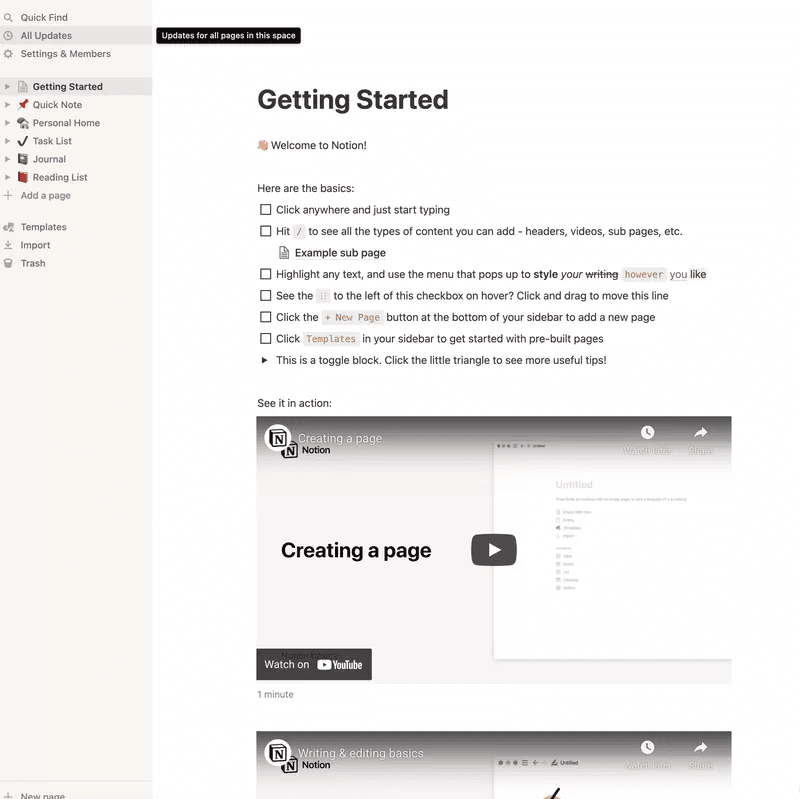
Use a progress bar
Introduce a progress bar into your onboarding checklist or signup flow. A progress bar helps users stay motivated and keep going as they can clearly see how far they are from achieving their goal.
It’s in human nature to finish a task when you know how much is still left.
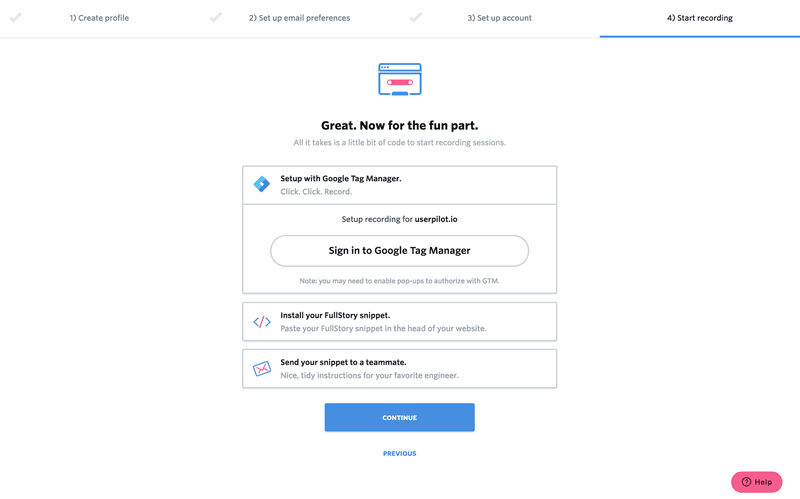
Contextual guidance through UI feedback
UI feedback refers to short messages, prompts, UI color changes, and all the other elements that interact with the user in real-time as they engage with your product’s UI.
An example is when you click on a button and something happens, such as a message is displayed, a progress bar shows up, a new page is loaded, a notification about an error, etc.
By using small guidance tooltips or hotspots at the right moment, you help users interact with the product without friction and set the right user expectations.
Leverage these UI patterns to highlight important features while users ”walk” through your UI at their own pace.
Here’s an example from Slack. They use introductory tooltips to explain the main parts of their UI and show users where they can start.
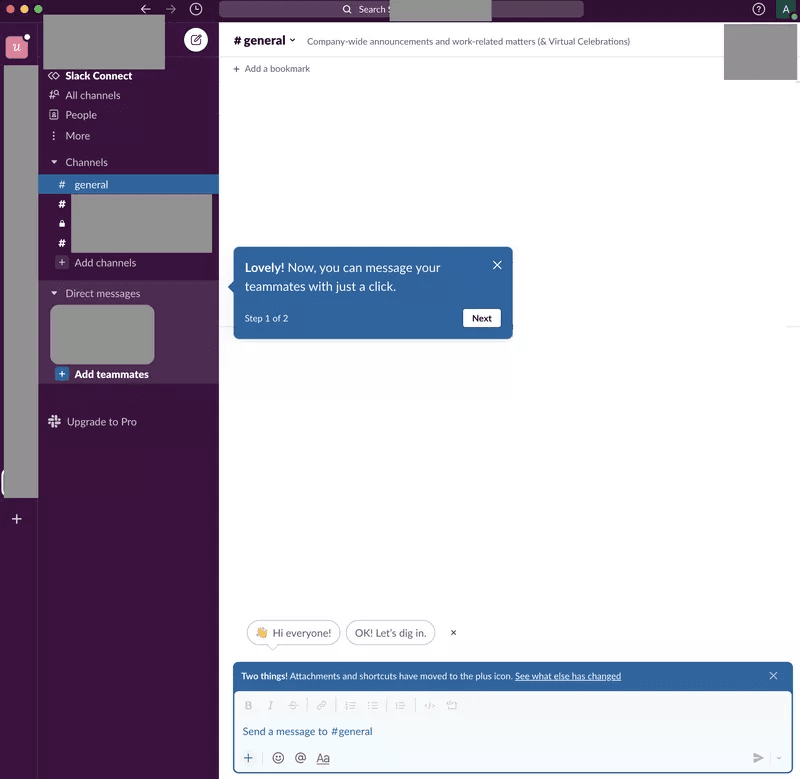
Replicate successful user’s journey path
Analyze the paths and behavior of your most engaged users to determine the golden path. To put it simply, the golden path is described as important steps users must take to get the most value from their experience.
You can use segmentation to create user segments and understand how they are getting value from the product.
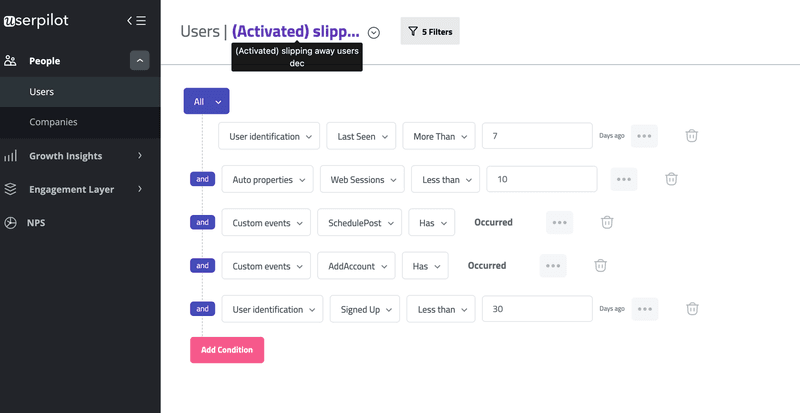
When you know your golden path, encourage the rest of your users to take the same path with in-app guidance.
Do this by creating engagement loops around these actions to motivate new users to walk through the entire path uninterrupted.
Use checklists to keep users on the desired journey
Since we have identified the ideal critical user journey, we can use checklists to keep them on the desired path so that they don’t take “unhappy” paths and end up churning.
Keep your onboarding checklist simple by breaking it down into mini-tasks. Include a progress bar to keep users motivated, or make it fun and convert it into a game.
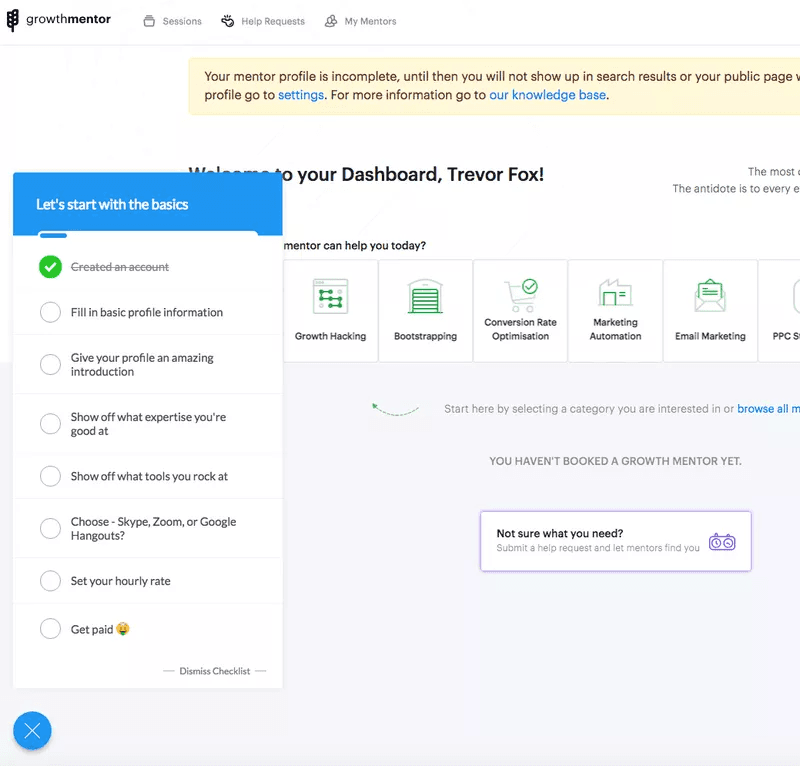
Conclusion
Critical user journey mapping is a valuable tool that will help you structure the user experience of your product into a cohesive story that flows naturally from beginning to end.
More often than not, a product that lacks this sense of direction will struggle to engage users and retain their loyalty over time.
Want to build product experiences code-free? Book a Userpilot demo call with our team and get started!






